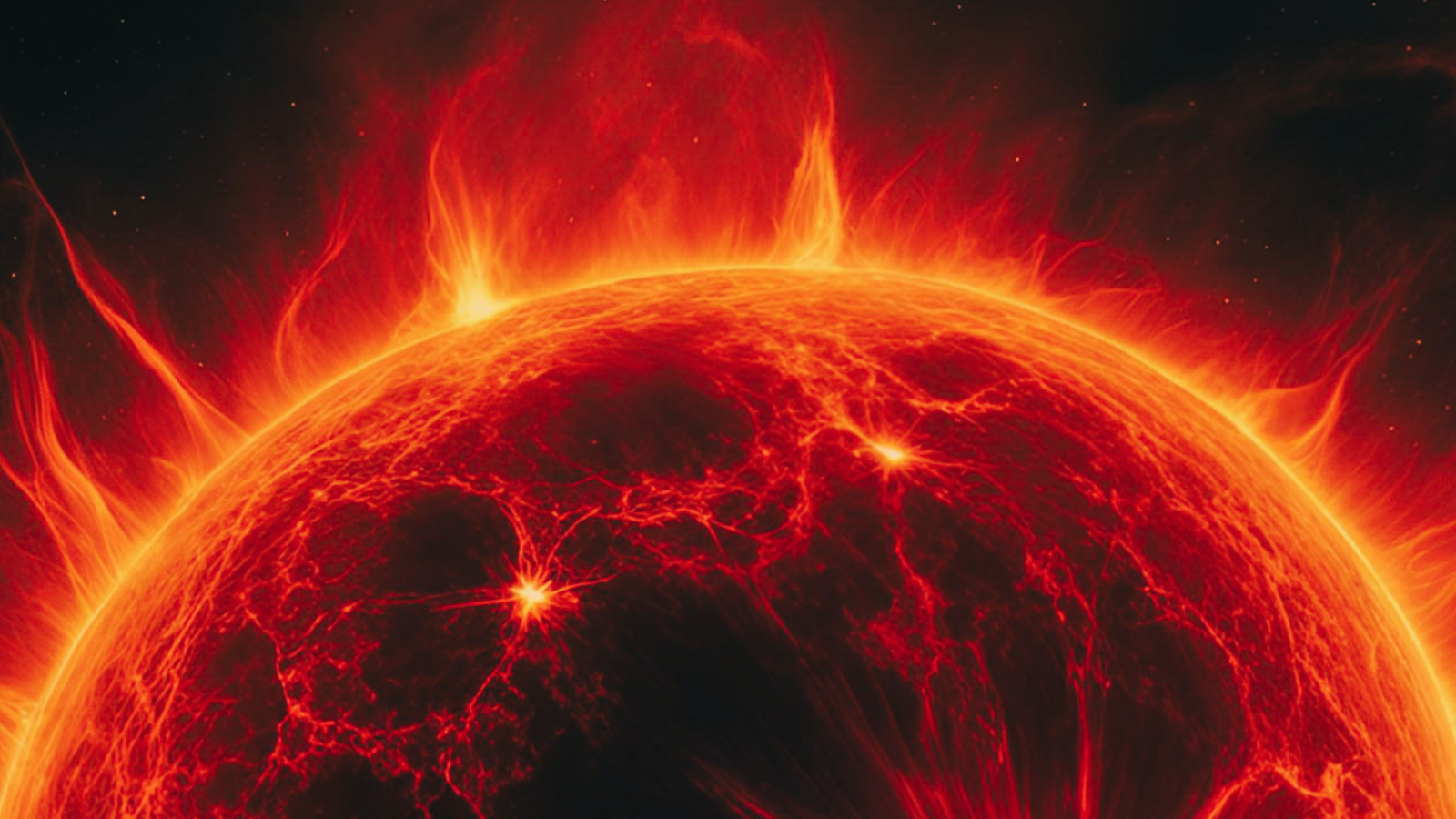You can see the 2020 Perseid meteor shower in a free Slooh webcast tonight
Snap an amazing 2020 Perseids meteor shower photo? Let us know! Send images and comments to spacephotos@space.com.
The annual Perseid meteor shower has just peaked, but it's not too late to spot one of the famed "shooting stars" in the night sky — or in a live webcast.
While the best time to view the shower was early this morning (Aug. 12), with rates of more than 50 visible meteors per hour, some Perseid meteors will continue to grace Northern Hemisphere skies for about two more weeks. But the sooner you look, the better, because the number of visible streakers will peter by the day.
If overcast skies or city lights are preventing you from enjoying the Perseids at their best, you can still see the celestial show live online thanks to a free webcast from the Slooh online observatory. Slooh will stream live views of the Perseids today at 7 p.m. EDT (2300 GMT), and you can watch it live here on Space.com, courtesy of Slooh.
The general public will be able to watch this event for free on Space.com and on Slooh's YouTube channel, while paid Slooh members can join the "Star Party" via Zoom for an interactive discussion with Slooh experts. (Slooh's annual membership prices start at $50.)
Related: Perseid meteor shower 2020: When, where & how to see it
Video courtesy of Slooh. Visit Slooh.com to snap and share your own photos from this live event, and interact with our hosts and guests, and personally control Slooh's telescopes.
"The Perseids are usually the most popular meteor shower of the year," Slooh astronomer Paul Cox said in a statement. "Slooh members gather together from around the globe to watch the live feeds in awe and wonder as fragments of comet 109P/Swift-Tuttle vaporize spectacularly as they enter Earth's atmosphere traveling at an astonishing 133,200 mph (60 km per second)!"
Breaking space news, the latest updates on rocket launches, skywatching events and more!
Slooh's four-hour-long webcast will feature live video footage of the meteor shower from low-light cameras located at observatories around the world, including the Institute of Astrophysics of the Canary Islands and the Sharjah Academy for Astronomy, Space sciences and Technology in the United Arab Emirates, Slooh officials said in the same statement.
If you miss Slooh's Perseid-watching "Star Party," you can also check out other recorded videos of the meteor shower from NASA and the European Space Agency (ESA).
Today ESA released a new video of the Perseids captured by the agency's Canary Long-Baseline Observatory (CILBO) on Tenerife, in the Canary Islands. The observatory's Large Field of View Intensified Camera, called LIC1, captured 61 meteors — 45 of which were Perseids — in a single night during the shower's peak overnight on Aug. 11-12.
On the night before, CILBO detected 37 meteors, about half of which were Perseids, ESA said in a statement.
Perseid meteors are bits and pieces of Comet Swift-Tuttle, which leaves a trail of "comet crumbs" as it travels through the solar system; the other 16 meteors in ESA's video are debris from other comets or asteroids. Perseids appear to originate from the constellation of Perseus.
Three nights before the peak, on Aug. 8-9, NASA's All-Sky Fireball Network captured some early Perseid meteors streaking overhead. The All-Sky Fireball Network consists of 17 cameras scattered across the United States that track bright meteors known as fireballs.
Editor's note: If you snap an amazing photo or video of 2020 Perseid meteor shower and would like to share it with Space.com for a possible story or gallery, send images and comments to spacephotos@space.com.
Email Hanneke Weitering at hweitering@space.com or follow her @hannekescience. Follow us on Twitter @Spacedotcom and on Facebook.

Hanneke Weitering is a multimedia journalist in the Pacific Northwest reporting on the future of aviation at FutureFlight.aero and Aviation International News and was previously the Editor for Spaceflight and Astronomy news here at Space.com. As an editor with over 10 years of experience in science journalism she has previously written for Scholastic Classroom Magazines, MedPage Today and The Joint Institute for Computational Sciences at Oak Ridge National Laboratory. After studying physics at the University of Tennessee in her hometown of Knoxville, she earned her graduate degree in Science, Health and Environmental Reporting (SHERP) from New York University. Hanneke joined the Space.com team in 2016 as a staff writer and producer, covering topics including spaceflight and astronomy. She currently lives in Seattle, home of the Space Needle, with her cat and two snakes. In her spare time, Hanneke enjoys exploring the Rocky Mountains, basking in nature and looking for dark skies to gaze at the cosmos.
